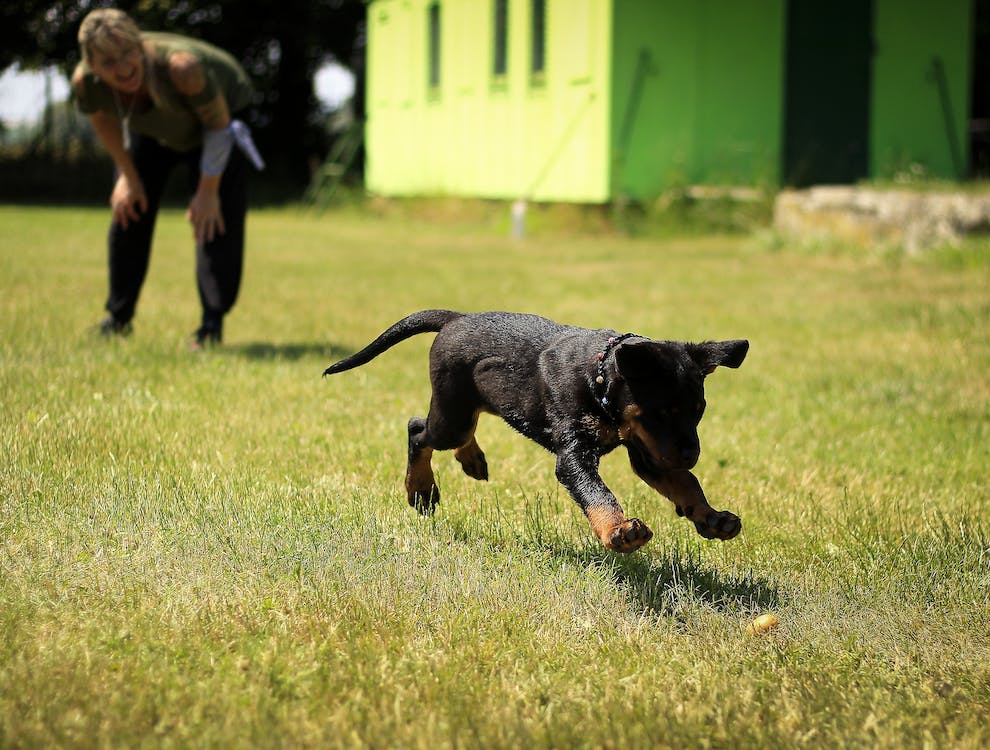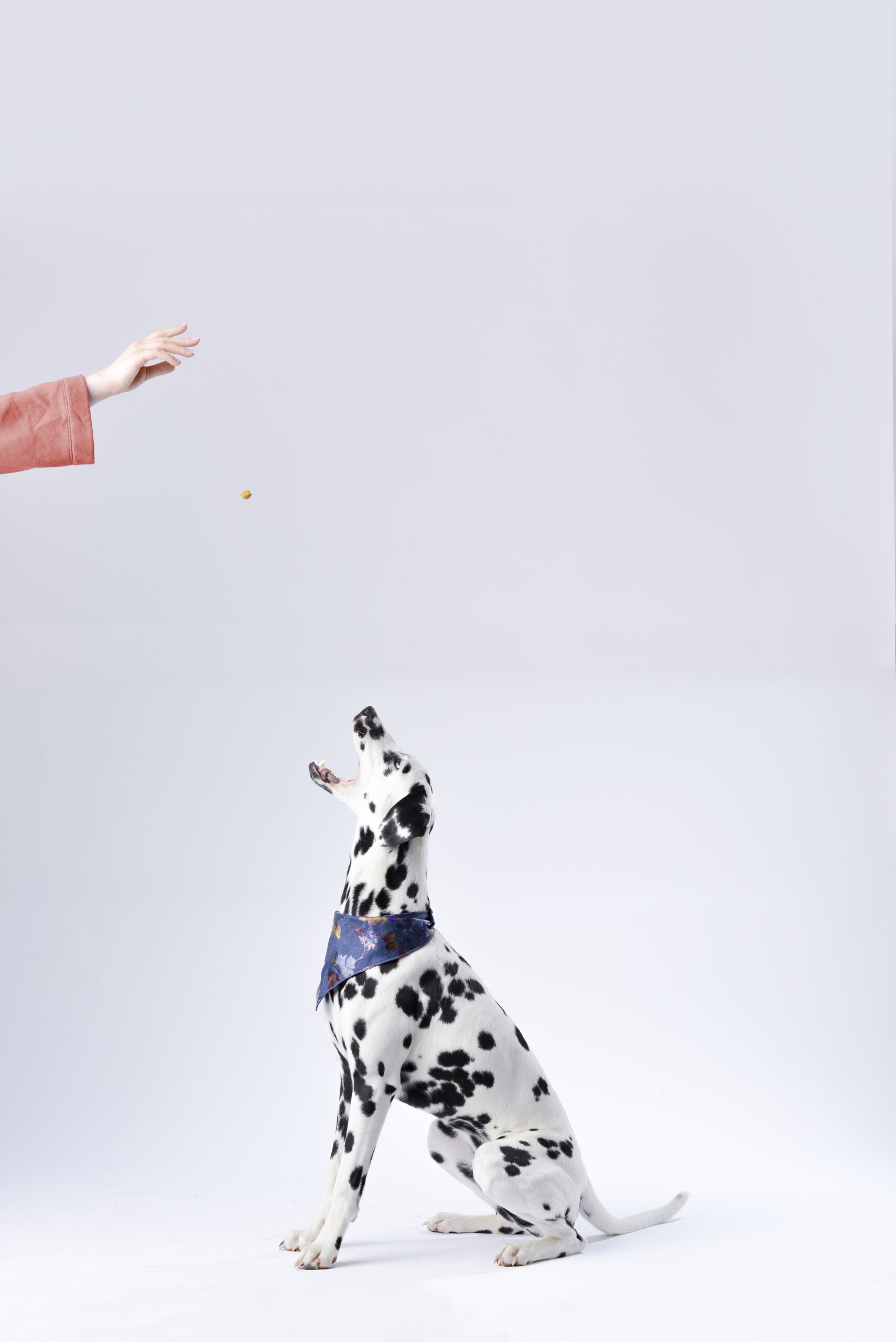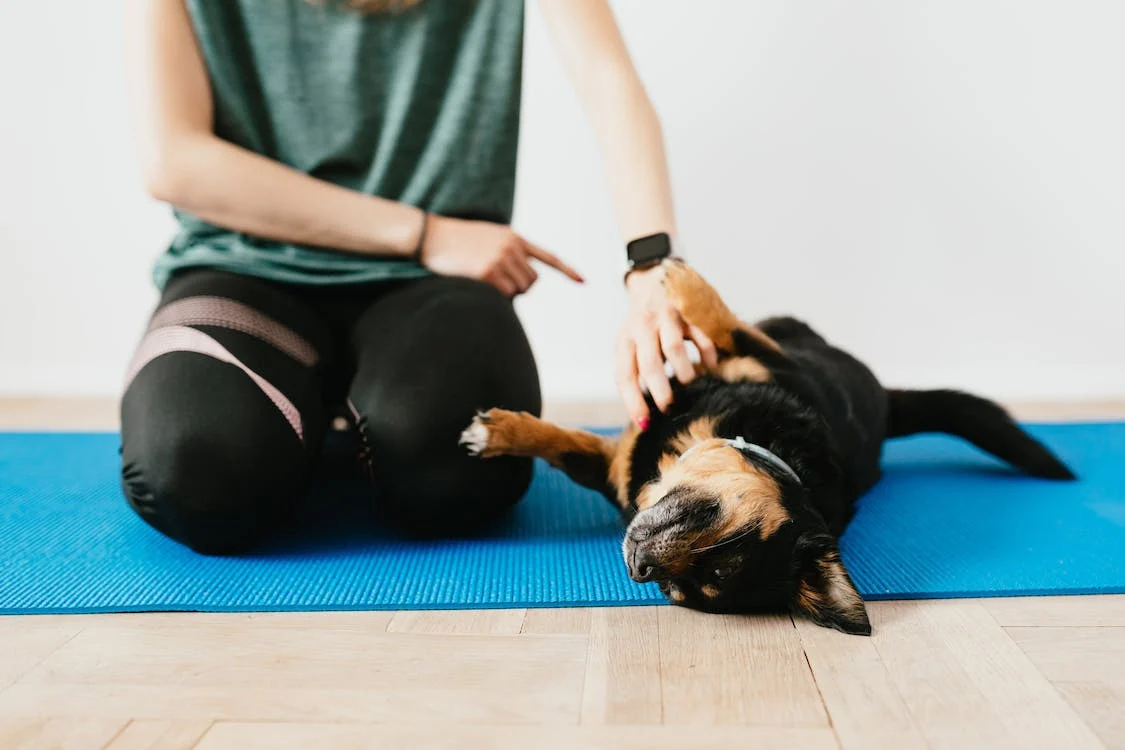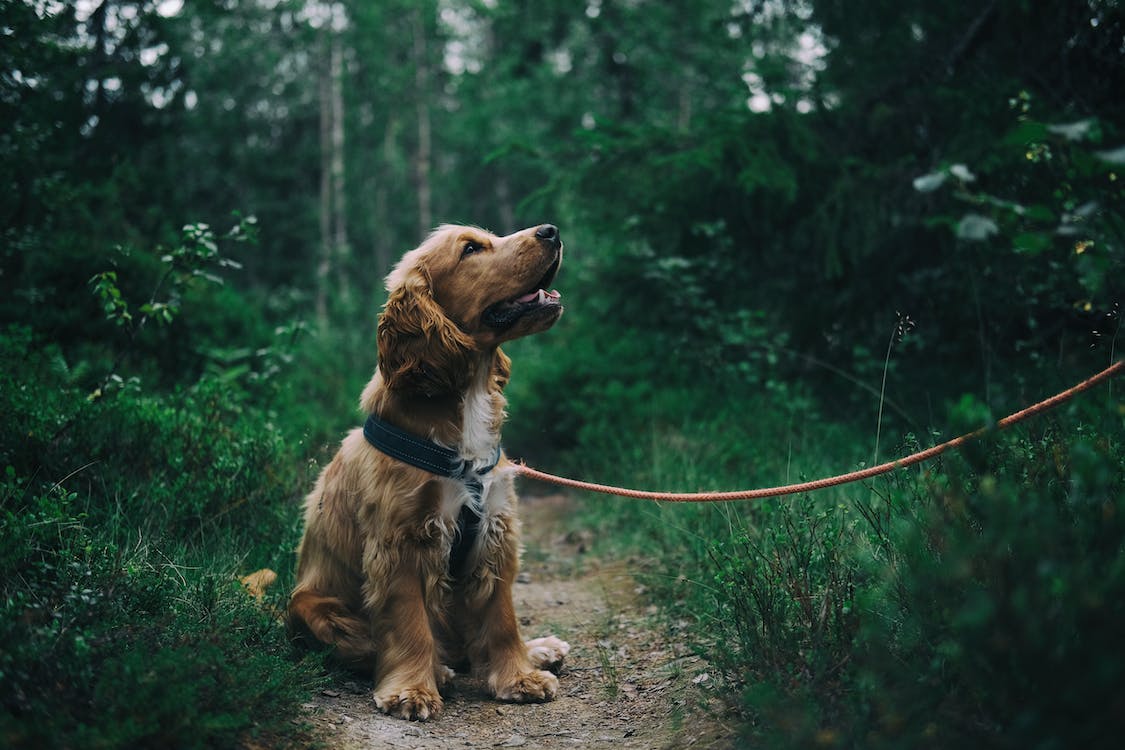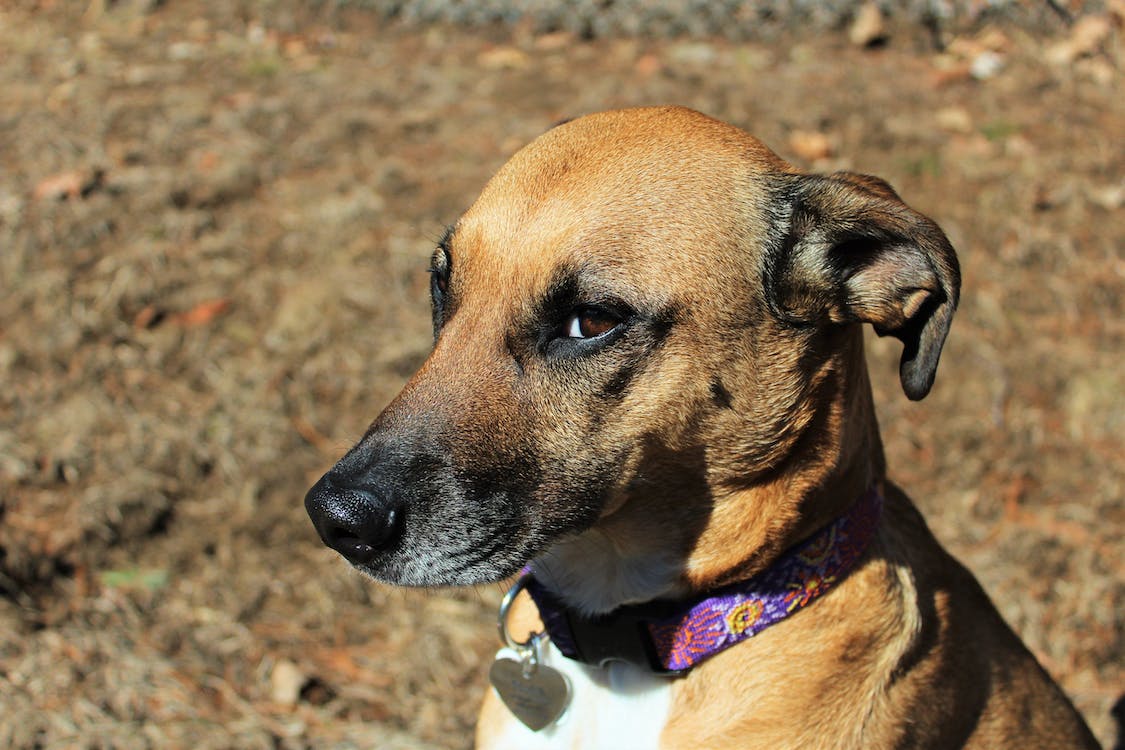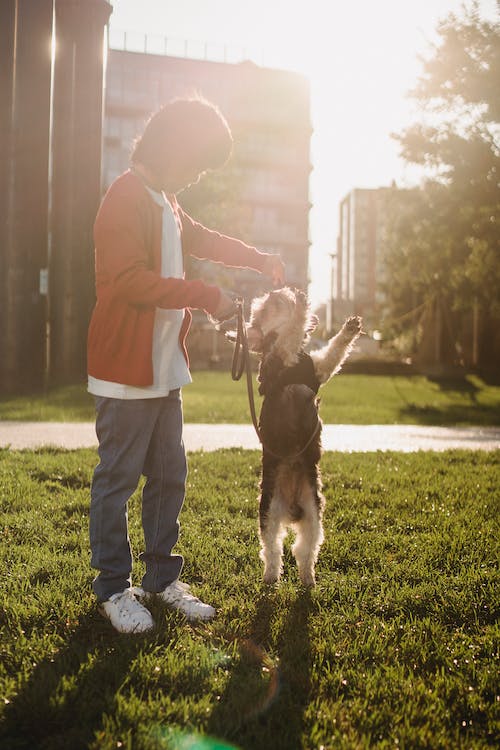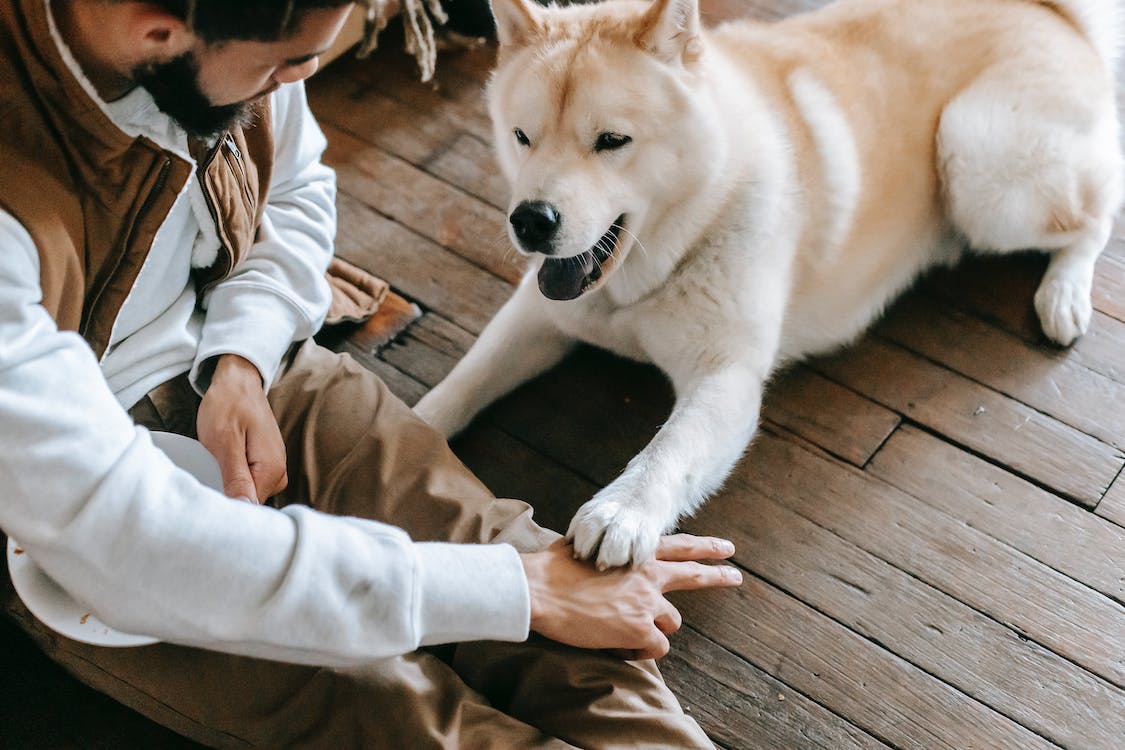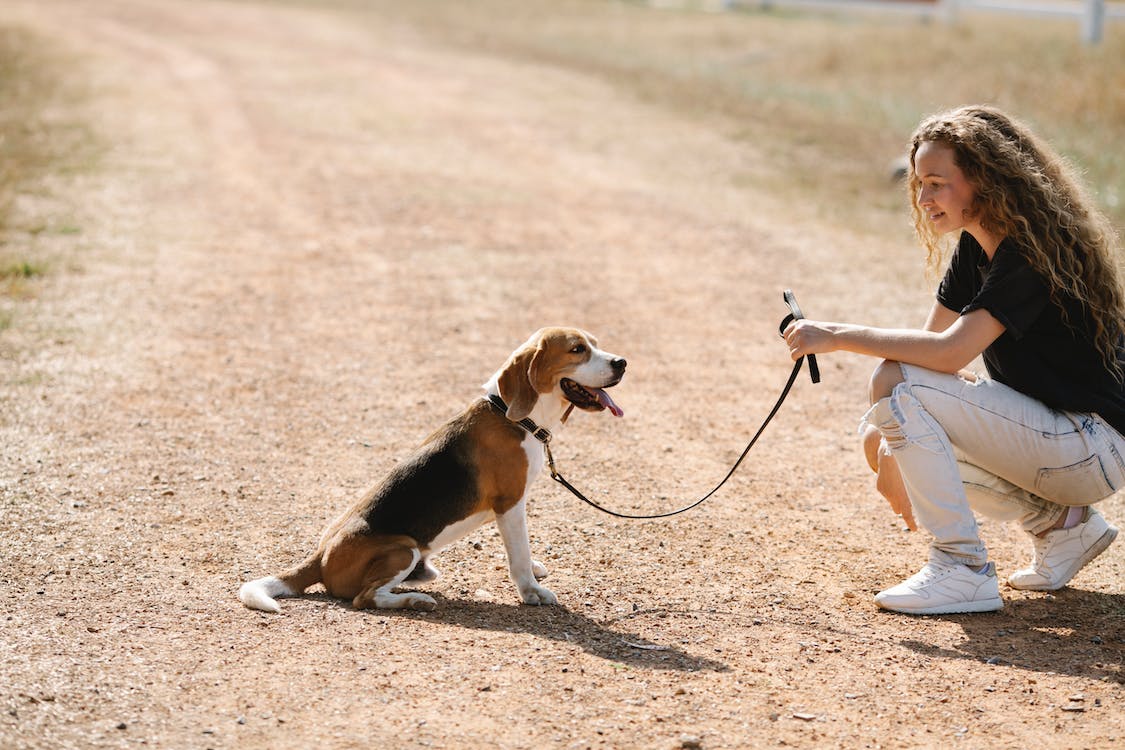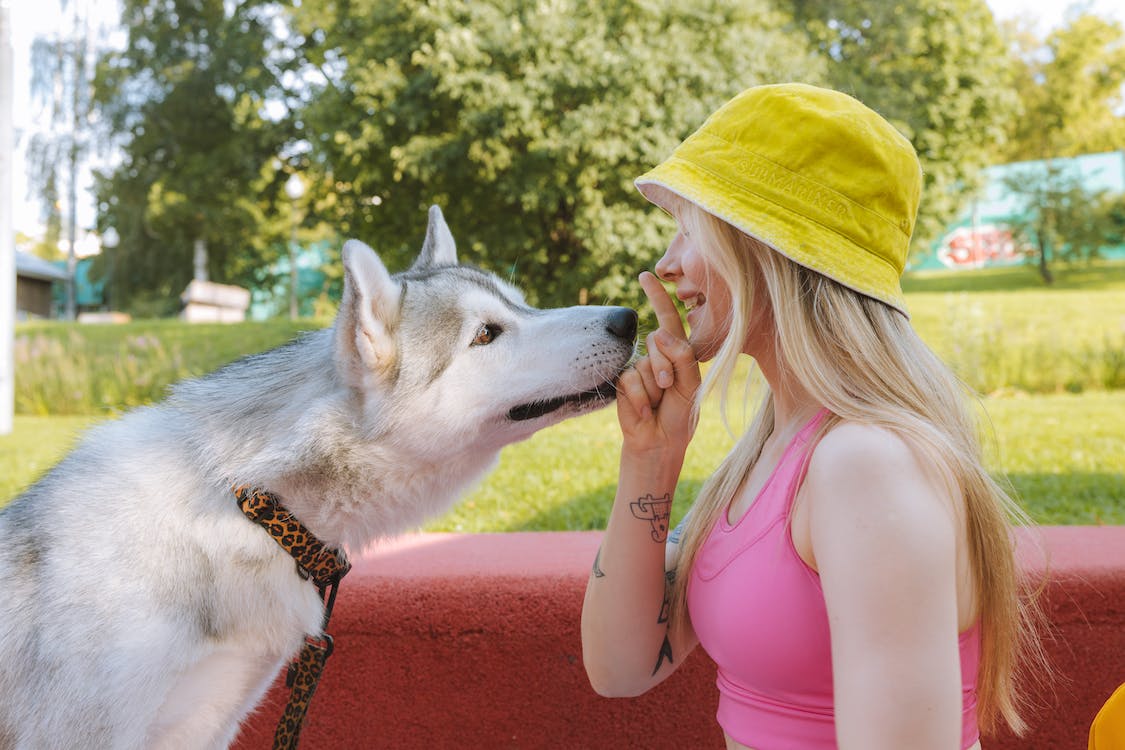It might be fun to welcome a furry buddy into your life, but you must also take the time to properly teach them. A well-behaved pet may be a real companion, brightening your days and strengthening your bond. This article will go into the subject of pet dog training and provide helpful advice and insights to assist you in making your dog’s best pal a polite and obedient friend. These tactics will direct you towards a peaceful relationship with your four-legged family member, regardless of whether you are an experienced dog owner or a first-time pup parent. So let’s go out on a quest to learn the craft of pet dog training and bring out the best in your beloved friend.
The Importance of Pet Dog Training
Any age can start dog training, which is an essential part of dog ownership. Training strengthens the bond between humans and animals, promotes self-confidence, and stimulates the mind. Dogs never stop learning. Training can be started at any time.
Training is beneficial for dogs with anxious personalities or shy natures. We experience a sense of accomplishment and have a way to communicate with our dog family members. Our bond with our pets is strengthened when we give them attention. Additionally, they get to spend time with us, which is why most dogs desire to be near us.
Mental stimulation is a crucial element of a dog’s general well-being. It is equally important to exercise every day. When it’s too chilly or wet to go outdoors, we may give our bored dogs exercise by using basic training methods indoors. Additionally, mental stimulation is required to keep your dog occupied if they are unable to exercise as much due to an injury or after surgery.
Basic Commands Every Pet Should Know
How to Teach a Dog to Sit
You may teach your puppy the meaning of “sit” using one of two techniques.
The first technique is known as capture.
- Holding some of their dog food or treats, stand in front of your puppy.
- Await them to take a seat. Say “yes” after that, and give them a treat.
- After encouraging them to rise, take a backward or sideways step and wait for them to sit.
- Give them another treat as soon as they are comfortable.
- After a few attempts, you may start saying “sit” as soon as they take a seat.
The next option is called luring
- Holding a treat as bait, kneel in front of your dog.
- Place the reward directly in front of the dog’s nose and then raise it gradually above their head. Most likely, they will sit while lifting their head to chew on the reward.
- When their bottoms contact the ground, let them devour the reward.
- Repeat using the food lure one or two more times, then take it away and use only your empty palm. After the puppy sits, treat them as usual.
- Once they are familiar with the hand gesture for sitting, you may start saying “sit” just before you make the motion.
Never physically place your puppy in a sitting posture; some dogs may find this puzzling or unpleasant.
Teaching a Dog to Lie Down
The teaching of “down” is remarkably similar to that of “sit.”
- You can wait for your dog to go to sleep (starting in a dull, cramped space like a washroom might be helpful).
- When your dog lies down, reinforce the habit by rewarding them with treats.
- Wait for them to lie down again after giving them the indication to stand back up (and encouragement if necessary with a lure).
- You can start saying “down” just before they start to immediately lie down after standing up.
A may be enticed to fall from a sit or stand position.
- As you carefully lower it to the ground, hold a reward in your palm up to the dog’s nose.
- Start giving the treat when the dog’s elbows come in contact with the ground.
- After a few repetitions, start lowering your empty hands to the ground and rewarding them when they lie down.
- Once they can reliably follow your hand signal, begin saying “down” as you move your hand.
Never push your dog into a down posture by using force, just as when they are sitting.
How to Teach a Dog to Stay
Staying in one place is a duration behavior; a puppy that understands the “stay” cue will keep seated until you instruct them to stand up by delivering another cue, termed the “release word.” The idea is to get your dog to sit until the release cue is delivered, at which point you can start increasing the distance.
- Teach the release word first. Decide on the term you’ll employ, such as “OK” or “free.”
- Standing with your dog in a sit or stand position, throw a treat on the ground, and speak your command as they advance to take the reward.
- Repeat this a few times to get the hang of saying the word first and then throwing the reward once they start moving. As a result, the dog learns that the release cue denotes moving your feet.
- Put your dog in a seat, turn to face them, and give them a treat after they have mastered the release cue and how to sit on command.
- Then, release them after pausing to give them another food for remaining seated.
- Increase the intervals between rewards gradually (it might be helpful to work your way up the alphabet while singing the ABCs in your thoughts).
- It’s acceptable if your dog stands up before the release cue! You may make it simpler by reverting to a lesser time because it just implies they aren’t prepared to sit for so long.
- You may start extending the distance after your dog can maintain a sit for many seconds.
- Place the dog in a sit position, instruct him to “stay,” then take a step back before returning to him with a treat and your release command.
- Continue to add on in little increments, making it simple enough for your dog to succeed. Practice facing them as well as turning your back on them to walk away (the latter is more realistic).
You may gradually increase the distance once your dog can stay. The longer they can sit after learning how to properly do so, the more effectively they use the “sit.” The trick is to avoid having unrealistic expectations. You might need to take it slower and concentrate on one item at a time because training goals are attained in little steps. Sessions should be brief and productive to ensure that the training “sticks.”
Advanced Training Techniques
Down Stay With Distractions
Downstay with distractions is an amazing exercise to work on your dog’s impulse control. It is a favorite exercise of mine to perform with any dog.
In this activity, we teach the dog how to completely control their cravings and impulsive behavior. Simply instructing them to maintain their “down” stance in the presence of distractions will do this.
Working on your dog’s impulse control will aid you in many other training endeavors. It teaches your dog that just though they see something or feel compelled to act upon it, they are not required to act upon it.
The dogs must occasionally refrain from examining the distractions and instead just watch them pass by. Particularly when we bring them out in public.
While you are out in public with your dog, there are several things you want them to be able to ignore. It facilitates handling and maintains your dog’s attention on you.
Things to teach your dog to ignore:
- Dogs and Other Animals
- People and Kids
- Food
- Traffic and loud noises
- Smells on the ground
Your dog will learn that they require your permission to make certain decisions if they are trained to disregard distractions. This is crucial for our dogs’ security, especially when they are not leashed.
Tip: When you are initially practicing staying near distractions, it is vital to add distance from them. When you initially begin performing this practice, make sure you allow yourself enough space away from sources of strong distraction.
Recall and Call off distractions
Can you get your dog to leave the other dogs alone? Squirrels? People? Not their food?
If you can believe it, anything is achievable!
This is the ability that has to be the dog’s strongest if you want to take your dog off-leash.
Building your bond with your dog and providing lots of rewards for returning to you can help you be able to call him away from potential distractions. You become more rewarding than the distractions when you practice memory and put distractions on hold.
Although it may sound competitive, making oneself more rewarding than distractions is not a competition. It is an easy decision for them when you take the right measures to develop your bond and discover what drives your dog. They choose you.
Your dog cannot know what to do in these circumstances if you have never demonstrated it to them.
It might be quite simple and enjoyable to attempt. On your stroll, take a long line, and make a stop at the park to practice calling animals away from objects. Just some practice and consistency are required; it does not take much time. Keep your sessions brief, work on something every day, and enjoy yourself!
The failure to practice before releasing their pets from the leash is one of the blunders individuals make. They release them and cross their fingers. For your dog to learn how to be independent off-leash, a long line is necessary.
Tools and Equipment for Effective Training
The proper tools and equipment must be available to you to teach your pet dog successfully. The following are some crucial items you’ll need: It’s critical to have the proper tools and equipment on hand for successful pet dog training. You’ll need the following essential items:
- Leash and Collar – A reliable leash and collar are essential training equipment. The collar should be snug but not uncomfortable. The numerous styles of collars, such as flat collars, martingale collars, and harnesses, are individually appropriate for specific training philosophies.
- Treats – In-demand sweets are effective training-session motivators. For quick incentives, pick goodies that your dog enjoys and are simple to split into smaller pieces.
- Clicker – A clicker is a straightforward tool that, when pressed, emits a clicking sound. It’s employed to record the precise second your dog exhibits the required behavior. Precision training is effective with clickers. Leash and Collar: Sturdy leashes and collars are essential training equipment. The collar should be snug but not uncomfortable.
- Treat bag or training pouch – During training sessions, you can keep treats nearby and easily accessible. It allows you to praise your dog quickly and frees up your hands.
- Whistle – For specific commands or recall practice, some trainers employ whistles. They produce a constant sound that dogs may quickly link to specific behaviors.
- Training collar – Pinch collars and remote training collars (also known as e-collars) are examples of training collars that are intended for more advanced training and should be handled with care. If you’re thinking about using them, get professional advice.
- Target Stick – You may teach your dog specific behaviors or tricks by using target sticks. They may be applied to direct a dog’s motions.
- Long Line or Training Lead – A long line is a longer lead that gives your dog greater freedom while retaining control. It is normally 20 to 30 feet long.
- Training mat – A designated training mat or space can assist your dog in understanding where particular behaviors, such as sitting or lying down, are anticipated.
- Interactive toys – These can be used as rewards during training and stimulate the mind by dispensing sweets or requiring problem-solving.
- Training treat pouch – A little pouch that you can attach to your belt or waist for carrying rewards during training sessions is called a “training treat pouch.”
- Muzzle – In some circumstances, wearing a muzzle during training may be important for your protection, particularly if your dog has a history of aggression or fear-based behaviors.
- Training Books and Resources – To educate yourself on efficient training strategies and procedures, think about spending money on books, online courses, or professional training resources.
- Timer – Timing is important in training. To assist you in staying consistent in rewarding behaviors, set a timer.
- Patience and Consistency – Although they are not tangible tools, patience, and consistency are the most important aspects of teaching a dog. Keep your commands and rewards consistent while being patient with your dog.
Common Mistakes in Pet Training
Inconsistency
On all levels, teaching a dog requires consistent reactions. Your dog becomes confused when you utilize inconsistent training methods. Additionally, you could unintentionally reinforce undesirable habits.
Let us imagine you establish a rule prohibiting your dog from sitting on the sofa. Soon, for one reason or another, you find yourself occasionally making an exception and letting him up there. He will not understand why it is okay one minute and not the next if you turn around and yell at him for sitting on the sofa.
Another instance of this error is begging. Your dog will not start beggin’ if you never give him food from people who are eating. At first, he might attempt it a few times, but telling him to “go to your place” or constantly ignoring your dog will deter him. If someone does give him some food, he will begin to equate asking with a reward and will continue to beg in the future.
Rewarding your dog when he “sort of” performs something is another illustration of inconsistent behavior. When your dog’s entire body is on the ground and you are teaching him to lie down, you praise him. In the future, you will be acting inconsistently if you offer him a reward for “lying down” before his entire body has touched the ground. He could be perplexed the next time you say “lie down,” and repeat the incomplete version.
Impatience
Each dog learns at a different rate during dog training, which takes time. Do not let your dog’s lack of understanding cause you tension or frustration. Your dog may feel agitated or irritated as a result, which can only make matters worse.
If your dog is having trouble picking anything up, think about whether or not now is a suitable time to start training. Has the meeting lasted too long? Always remember to keep dog training sessions brief (10 to 15 minutes) and to wrap up with praise. Alternatively, you may attempt segmenting the behavior into smaller components and training them independently. For this precise reason, the action/cue “rollover” is frequently practiced in phases.
Check the time the next time you start to become irritated. If it is been too long (or if your dog appears frustrated or uninterested), just end the session with a simple task you know your dog can carry out. Even if it means returning to the sit cue, be sure to conclude on a high note. You might afterward attempt to divide the training up into smaller portions.
Another illustration of impatience is when you ask your dog to sit and he refuses. You say “sit” again, and after three to five times, he sits down. After that, you give him a prize. In essence, you are teaching him that waiting until you utter the order five times before sitting is OK. Say the command only once consistently and then watch for the outcome. If your dog doesn’t obey right away, wait a few seconds and then start over (grabbing his attention first).
Harsh Discipline
The majority of contemporary dog trainers concur that employing punishment to train dogs is not particularly successful. Positive dog training often increases the likelihood that dogs will perform well for their owners. Mild aversives (such as a spray bottle or a penny can) can be used in particular circumstances and are generally not harmful. However, additional factors can result in a perilous circumstance. Yelling, striking, alpha rolls, looking down, gripping the scruff of the neck, and pulling the leash are all examples of harsh discipline. Consequences may result from these activities.
- They may provoke an aggressive reaction from your dog, putting you or other people in danger.
- They may cause your dog to become fearful.
- They may result in physical harm to your dog.
You are doing this incorrectly if you believe that strict punishment is required to “assert dominance” over your dog. The idea that wolves and dogs have a “pack leader” is out of date and is based on false information about these animals. Do your homework and discover the best ways to treat your dog with respect. Not a bullying session, training should be an enjoyable approach to strengthen your relationship with your dog.
Measuring Progress and Adjusting Techniques
Set definite objectives
Start by defining specific training objectives. What particular skills or instructions do you want your dog to learn? Having clearly stated objectives can help you monitor progress whether you’re teaching simple commands like “sit” and “stay” or more complex skills.
Keep records
To keep track of the specifics of each session, keep a training journal or utilize a training app. Keep track of your dog’s performance and behavior changes, as well as what worked and what did not.
Set benchmarks
Your training objectives should be broken down into more manageable stages. These can be short-term goals that you set for yourself on a weekly or monthly basis. At every stage, congratulate your dog on a job well done.
Regularity in Training
The key is consistency. To avoid confusing your dog, make sure that everyone in your home uses the same verbal cues and training methods. Consistently use positive reinforcement to reward positive behavior.
Employ metrics
Establish quantifiable parameters to monitor your dog’s development. For instance, if you’re working on recall, gauge how quickly your dog reacts when called and how well they can reliably come when called in diverse settings.
Determine Progress
Continually evaluate your dog’s development about the goals you’ve established. Are they constantly achieving the goals you set? If not, it could be time to change the way you train.
Moving on to More Advanced Techniques
Introduce more complex methods or tricks once your dog has mastered the fundamental instructions and behaviors. If your dog is capable and interested, these may include advanced obedience lessons, agility training, or even specialized jobs.
Adapt to the Character of Your Dog
Be aware that every dog is different. Some people might improve rapidly in some areas while having trouble in others. Adapt your dog’s training methods to his or her personality, temperament, and learning preferences.
Be patient and optimistic
It takes time to train, and failures are common. As punishment-based techniques might impede growth and harm your bond with your dog, have a positive outlook.
Identify Plateaus
Like people, dogs can experience training plateaus where advancement appears to have stopped. Be patient at these moments and think about enhancing training sessions or altering the setting to reenergize learning.
Seek Advice from a Professional
Consult a qualified dog trainer if you see that your dog is frequently having trouble with a certain behavior or if you have reached a stage where you are not sure what to do next. They may evaluate your dog’s training requirements and offer knowledgeable advice.
Socialization and Environmental Training
To raise a well-rounded and well-behaved pet, socialization, and environment training are essential. These behaviors are extremely important for assisting your pet in adapting to various conditions and encouraging pleasant interactions with both people and other animals.
Exposing your pet to various surroundings is essential to help them become less anxious and more confident. Particularly in young dogs, being accustomed to new environments reduces anxiety and tension, minimizing future behavioral problems stemming from aggression or fear. It also fosters adaptability, which makes travel or major life changes less intimidating, and it offers crucial mental stimulation as a supplement to physical exercise.
It is crucial to socialize your pet with both people and other animals. It teaches kids how to handle social situations well, encouraging kind and passive-aggressive behavior. Proper socialization improves communication abilities, enabling your pet to recognize and react to various signs and body language, and lowers the chance of hostility towards other dogs or humans. Additionally, well-socialized animals behave better at home, reducing destructive or nervous tendencies, and are more at ease in public settings, making for delightful outings.
Start early, ideally during the crucial puppy socialization phase, and concentrate on providing good experiences to enable effective socialization. Introduce your pet to diverse settings, creatures, and people gradually by starting with easier situations and working your way up to more difficult ones. If necessary, seek professional advice, especially if your pet exhibits fear or hostility. In conclusion, socialization and exposure to various surroundings provide your pet the tools they need to grow into a confident, flexible, and well-behaved friend, enhancing both their life and yours.
Conclusion
In conclusion, training your pet dog is essential for obedience and strengthening your relationship with your four-legged friend. This path demands tolerance for your dog’s distinct personality, perseverance, and patience. Setting specific objectives, keeping track of progress, and getting expert advice when necessary are all essential for effective training. Socialization and exposure to varied situations are also essential for growing a well-rounded and well-behaved pet. To establish a peaceful and loving relationship with your canine companion, start this delightful journey of pet dog training.
